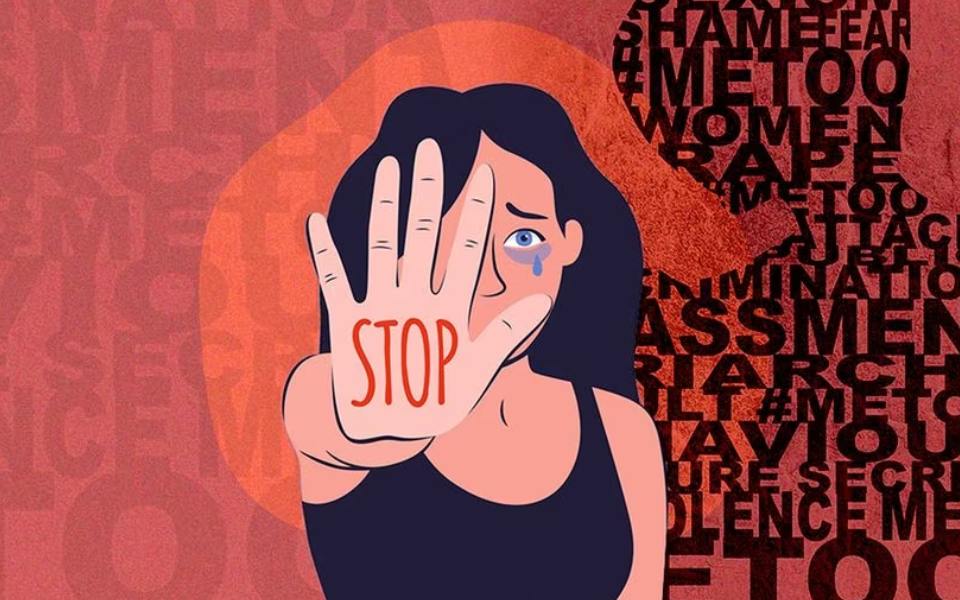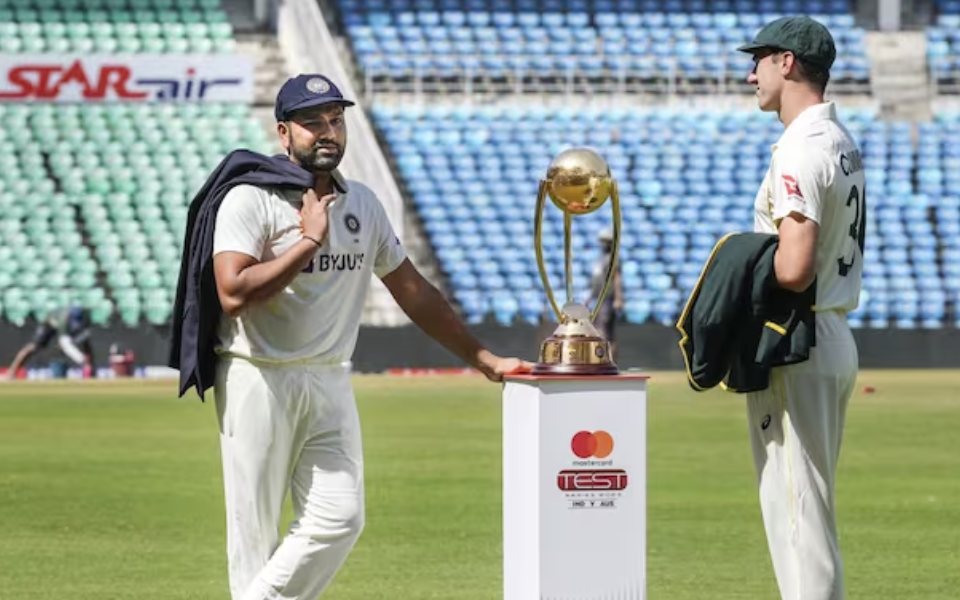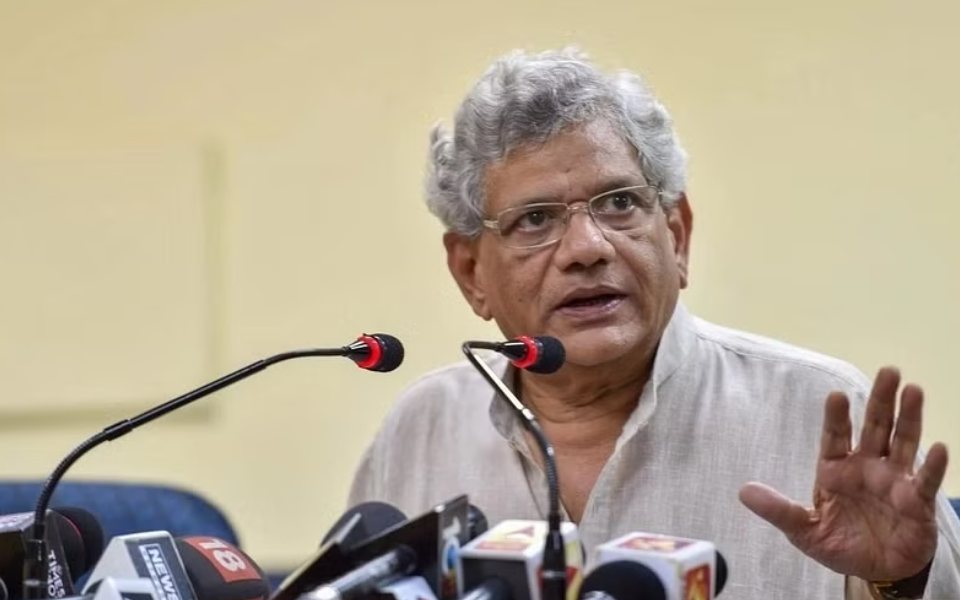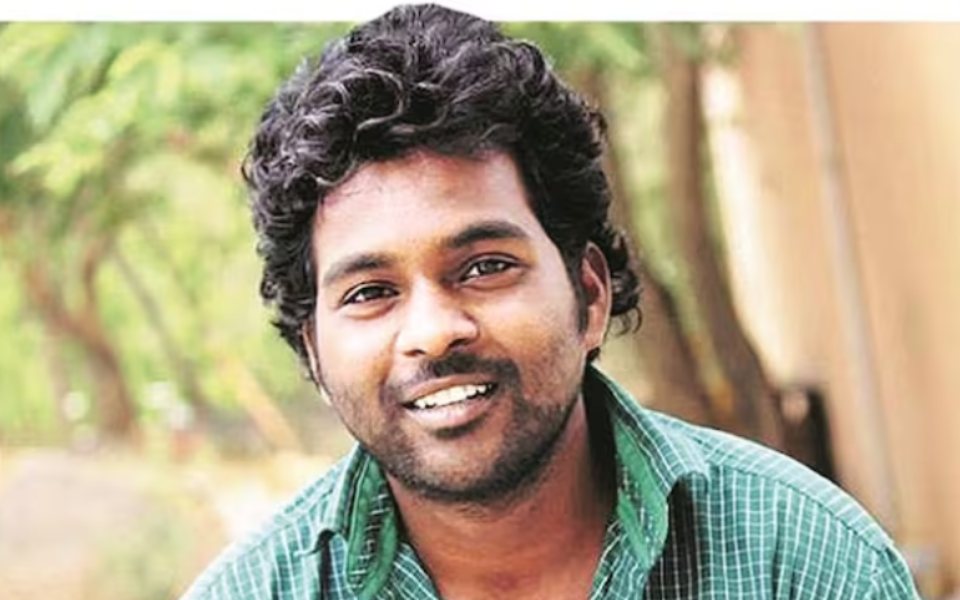Prime Minister Narendra Modi invoked “Nari Shakti” during the ‘Azadi Ka Amrit Mahotsav’ in 2022. Now, Bahutva Karnataka in collaboration with Naveddu Nilladiddare Karnataka, has announced the release of "Nari Shakti: Myth and Reality", a report on the status of women under the Modi government.
"Nari Shakti: Myth and Reality" looks into the status of women in India over the past decade, focusing on five primary areas: violence against women, women’s rights, dignity and agency, economic empowerment, social empowerment, and political representation. Drawing upon credible data, including government sources, the report examines the ground realities faced by women against the backdrop of the prevailing rhetoric.
“The objective of the report is to use this information to hold those in power accountable and to inform public opinion as they make an informed choice in the ongoing general elections. Bahutva Karnataka in collaboration with Naveddu Nilladiddare Karnataka encourages all parties, in power or otherwise, to take note of these report cards and respond to the same,” the report added.
The report notes with concern that crimes against women and sexual violence have increased in the last decade. Analysing fund usage under the Nirbhaya Fund, a critical initiative for improving women’s safety, the report highlights how key schemes have been underfunded, undermining women’s security in India. The report also presents concrete instances of violence against women. Despite its public utterances regarding women’s safety, the Government has not only refrained from condemning the violence, remaining mute spectators as in the case of Manipur, but in many instances, it appears to have condoned the violence, especially when the accused have been political leaders from their own party or the victims have been from minority or Dalit communities.
“Various new laws such as UCC, Triple Talaq, Criminal Laws, Anti-conversion Laws seem to be driven by motives other than that of gender justice and and some of them are becoming tools that can be used to legitimize moral policing by vigilante groups and the State while infantilizing women and depriving them of any agency,” the report notes.
“The performance of the government on the front of “economic empowerment” too has proved to be abysmal the reports states. Analysing data related to female LFPR (Labour Force Participation Rate) and employment generating schemes like MNREGA and NRLM or schemes for financial inclusion like Pradhan Mantri Dhan Jan Yojana and Mudra it seems clear that none of these have led to any substantial degree of economic empowerment for the rural and urban power women. On the other hand it is clear that unorganized/informal work areas dominated by women like that of ASHA workers continues to be devalued and undervalued by casting it within the framework of care work, domestic work and voluntary work,” it added.
The report analyses through the gender lens some of the flagship schemes introduced as part of the BJP’s commitment to “Women’s Empowerment and Welfare”. One primary finding is that the big picture seems to be missing in several of these schemes such as SBA, PMUY, and PMMY where the metrics being quoted as signs of success do not give an honest representation of the scheme’s impact or success. Looking at CAG and other related reports the report concludes that while the media advocacy on the issues have undoubtedly yielded some favourable results in terms of improved sex ratios this seems to have fed more into image building of the government at the cost of long term structural and institutional transformations in the lives of the women who are supposed to be the “beneficiaries” of the schemes.
Finally the report examines the performance of the Government on the issue of political empowerment looking particularly at the Women’s Reservation Bill apart from the ways in which women in politics are treated. The report concludes that while the Women’s Reservation Bill might seek to guarantee women’s equal and fair representation in politics at some imaginary point in the future, what is lacking in the present is the political will to establish institutional arrangements and an inclusive climate that will enable women across communities to act independently without depending on tokenism and patriarchal patronage.
The speakers who responded to the report included: Diana Kh, a concerned activist from Manipur who spoke about what is happening to women from diverse communities in the context of an ongoing conflict and the Centre’s frightening indifference, Nasreen Mithai from the BMMA spoke about how the ruling party projected itself as the savior of Muslim women appropriating their efforts to bring about transformation from within even while it continued to target Muslim women and men; Vijayakumari a former ASHA worker spoke about the immense contribution of the “voluntary” health workers to rural health and especially during the COVID crisis who still continue to struggle for basic education and health for their own children K.S. Vimala from AIDWA, India who spoke about the history of women’s struggle for political empowerment and how they felt totally totally short changed by the Ruling party on the women’s reservation Bill that is problematic at so many different levels.
Let the Truth be known. If you read VB and like VB, please be a VB Supporter and Help us deliver the Truth to one and all.
Dubai, May 3: India have retained their top position in ODIs and T20Is but slipped to the second position in the men’s Test Team Rankings in the latest ICC annual ranking update issued on Friday.
India conceded the top spot in the five-day format to Australia, the reigning World Test champion, following the annual update that drops results from the 2020-21 season and reflects all series completed since May 2021.
India (120) are just four points behind Australia (124) and 15 points clear of third-placed England. South Africa are the fourth team above the 100-point mark with 103 points.
India slipped mainly because their 2-1 series win in Australia in 2020-21 has dropped from the rankings.
The order of teams ranked from third to ninth remains the same. Only nine teams are now ranked as Afghanistan and Ireland have yet to play sufficient Tests, while Zimbabwe too are out as they have played only three Tests over the past three years.
Teams need to play a minimum of eight Tests over a three-year period to get on the rankings table.
India, however, remain atop the ODI and T20I rankings after the annual updates, that weight matches completed prior to May 2023 at 50 per cent and subsequent matches at 100 per cent.
India may have lost the ODI World Cup final to Australia but have increased their lead over them from three to six points, leading the table with 122 points. There are no changes in the top 10 but Ireland have overtaken Zimbabwe to 11th position.
Third-placed South Africa have closed the gap with Australia from eight to four points, while Sri Lanka are just two points behind fifth-placed England.
The T20I rankings see Australia move ahead of England to second place but they are seven points adrift of India, who lead with 264 rating points.
South Africa are just two points behind England after leapfrogging two places from the sixth position that they had before the update. New Zealand also have 250 points like South Africa but behind on fractions, while the West Indies are at 249 points, which means that just three points separate third-placed England from sixth-placed West Indies.
In other movements, Pakistan have dropped two places to seventh, while Scotland have overtaken Zimbabwe to 12th position.
Pat Cummins – the captain with the golden touch ✨
— ICC (@ICC) May 3, 2024
Australia crowned No.1 Test team after Annual Men's Rankings update ➡️ https://t.co/Mv1XCdDp7U pic.twitter.com/Bj1Drd2MK4





